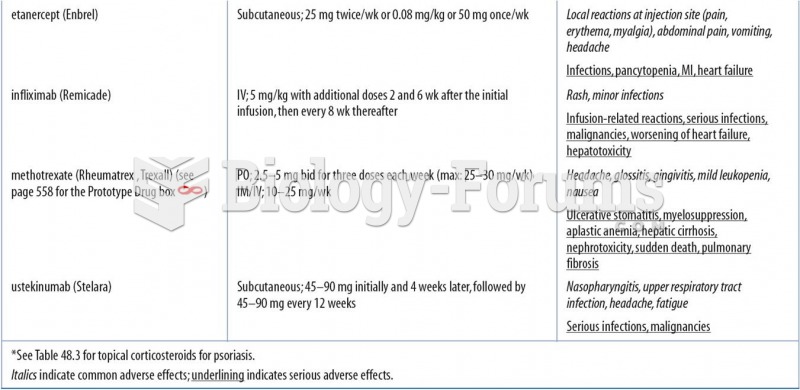Answer to Question 1
The DSM-5 criteria for gambling disorder include the same pattern of urges we observe in the other substance-related disorders. Other parallels with substance dependence include tolerance, with the need to gamble increasing amounts of money over time and the withdrawal symptoms such as restlessness and irritability when attempting to stop. Moreover, it is associated with social and occupational impairment. For example, among pathological gamblers, 14 have lost at least one job, 19 have declared bankruptcy, 32 have been arrested, and 21 have been incarcerated (Gerstein et al., 1999).
Treatment of gambling problems is difficult. Treatment is often similar to substance dependence treatment, and there is a parallel Gambler's Anonymous that incorporates the same 12-step program in Alcoholics Anonymous. However, the evidence of effectiveness for Gambler's Anonymous suggests that 70 to 90 drop out of these programs and that the desire to quit must be present before intervention (Ashley & Boehlke, 2012). Cognitive-behavioral interventions are also being studied, with one study including a variety of componentssetting financial limits, planning alternative activities, preventing relapse, and imaginal desensitization. This preliminary research provides a more optimistic view of potential outcomes (Dowling, Smith, & Thomas, 2007).
Answer to Question 2
At low doses, amphetamines can induce feelings of elation and vigor and can reduce fatigue. You literally feel up.. However, after a period of elevation, you come back down and crash, feeling depressed or tired. In sufficient quantities, stimulants can lead to amphetamine use disorders. Like amphetamines, in small amounts cocaine increases alertness, produces euphoria, increases blood pressure and pulse, and causes insomnia and loss of appetite. The nicotine in tobacco is a psychoactive substance that produces patterns of dependence, tolerance, and withdrawalnicotine use disorders. Nicotine in small doses stimulates the central nervous system; it can relieve stress and improve mood. But it can also cause high blood pressure and increase the risk of heart disease and cancer. High doses can blur your vision, cause confusion, lead to convulsions, and sometimes even cause death. Caffeine is the most common of the psychoactive substances, used regularly by almost 90 percent of all Americans. Called the gentle stimulant because it is thought to be the least harmful of all addictive drugs, caffeine can still lead to caffeine use disorders. This drug is found in tea, coffee, many cola drinks sold today, and cocoa products. High levels of caffeine are added to the energy drinks that are widely consumed in the United States today but are banned in some European countries (including France, Denmark, and Norway) due to health concerns. Caffeine in small doses can elevate your mood and decrease fatigue. In larger doses, it can make you feel jittery and can cause insomnia.
Cocaine makes the heart beat more rapidly and irregularly, and can have fatal consequences, depending on a person's physical condition and the amount of the drug ingested. As late as the 1980s, many felt cocaine was a wonder drug that produced feelings of euphoria without being addictive. It was touted as a drug that gives you extra energy, helps you think clearly and more creatively, and lets you accomplish more throughout the day, all without any negative side effects Dependence does not resemble that of many other drugs early on; typically, people find only that they have a growing inability to resist taking more. Few negative effects are noted at first; however, with continued use, sleep is disrupted, increased tolerance causes a need for higher doses, paranoia and other negative symptoms set in, and the cocaine user gradually becomes socially isolated. Cocaine withdrawal isn't like that of alcohol. Instead of rapid heartbeat, tremors, or nausea, withdrawal from cocaine produces pronounced feelings of apathy and boredom. First, you're bored with everything and find little pleasure from the everyday activities of work or relationships. The one thing that can bring you back to life is cocaine. As you can imagine, a particularly vicious cycle develops: cocaine is abused, withdrawal causes apathy, cocaine abuse resumes. The atypical withdrawal pattern misled people into believing that cocaine was not addictive. We now know that cocaine abusers go through patterns of tolerance and withdrawal comparable to those experienced by abusers of other psychoactive drugs.







